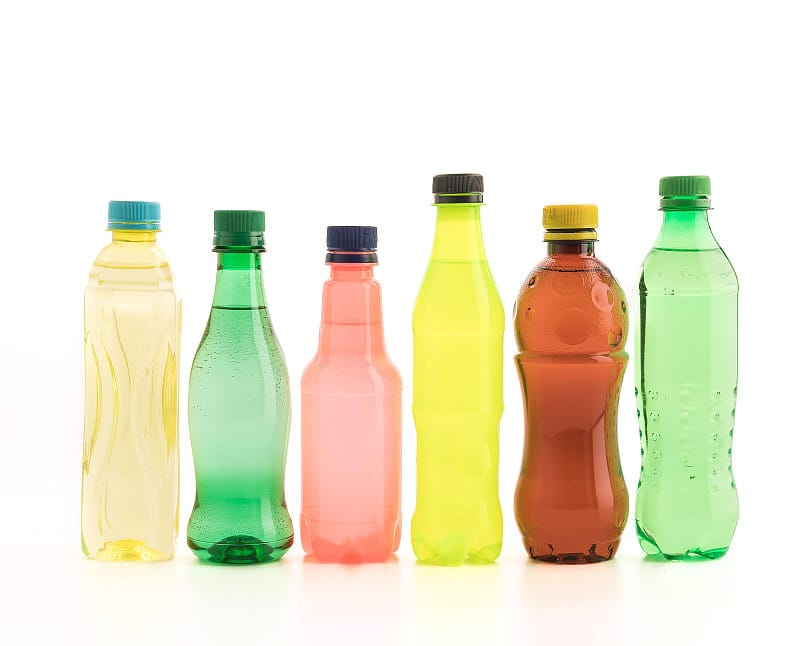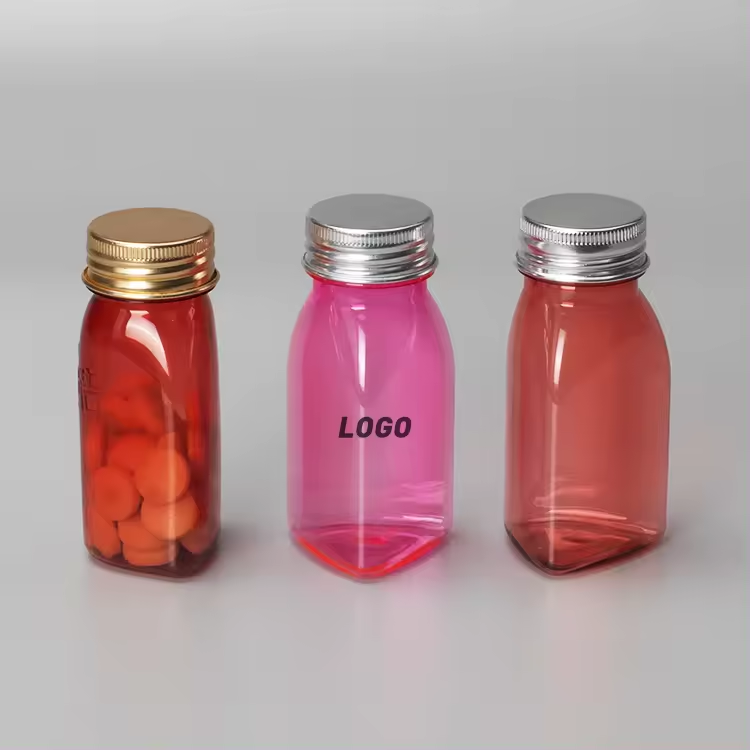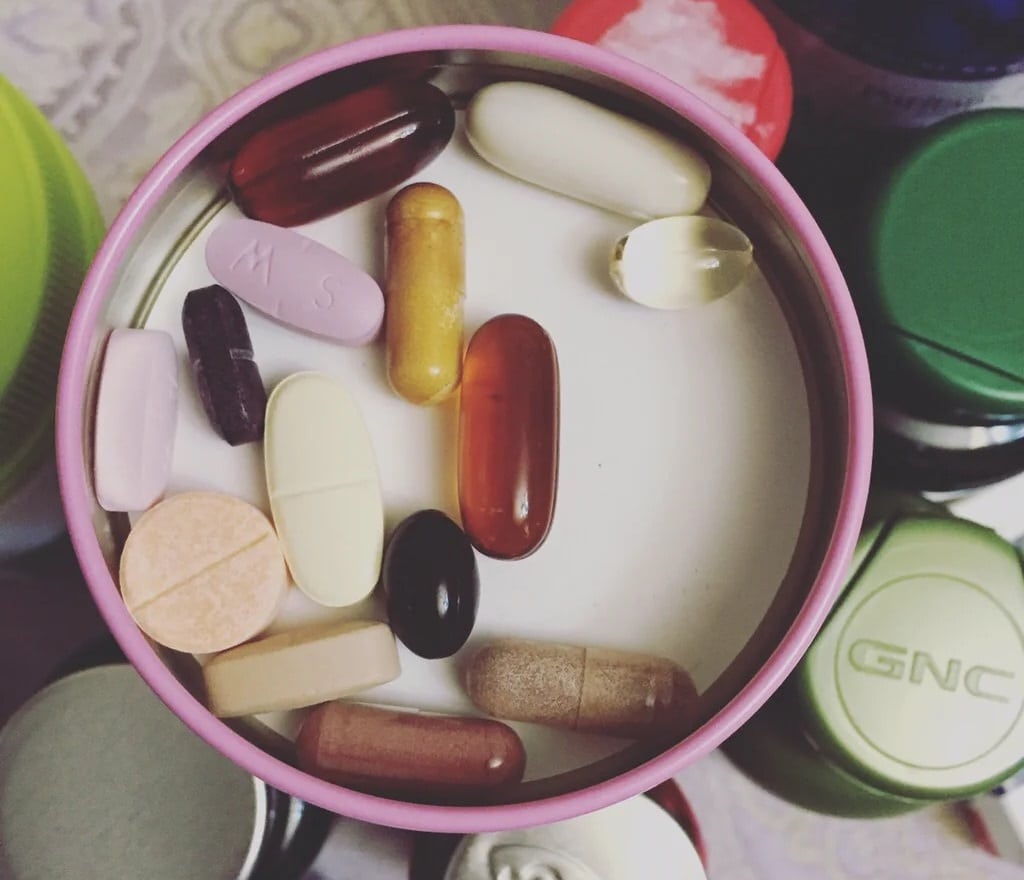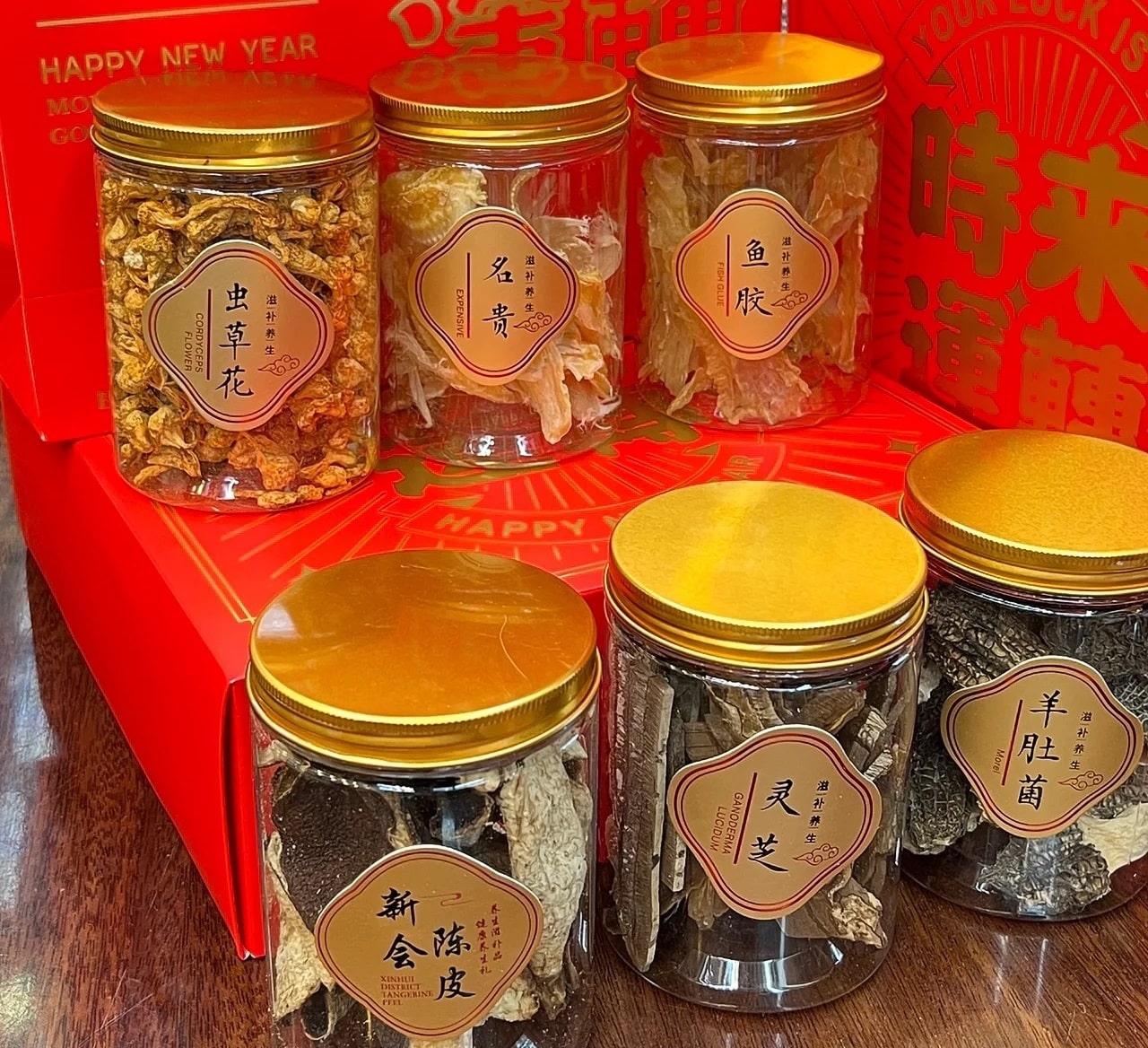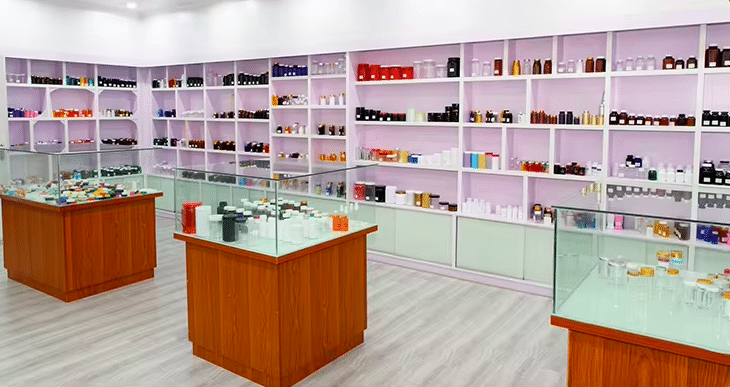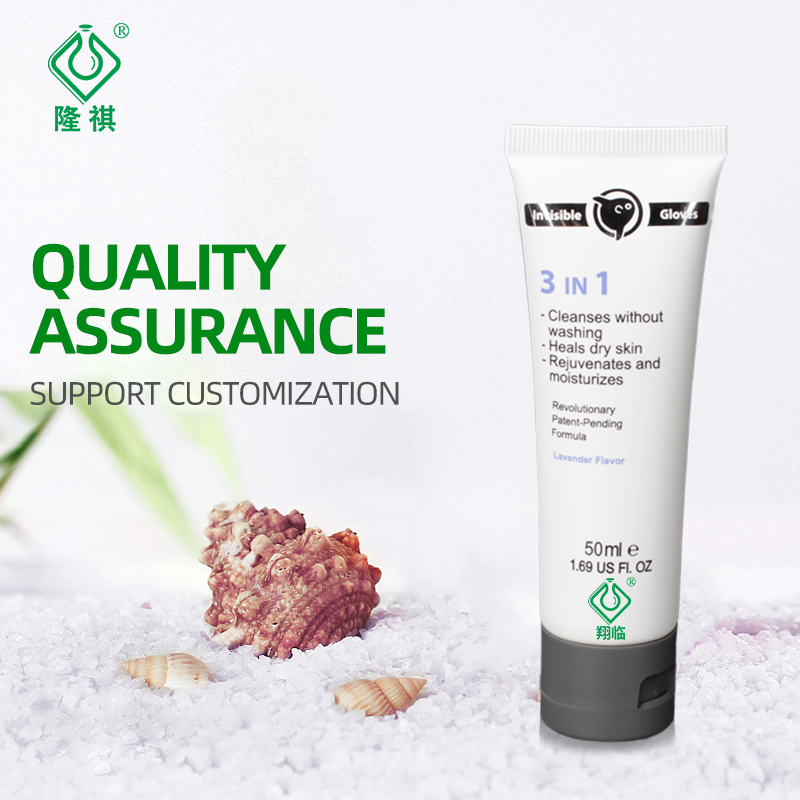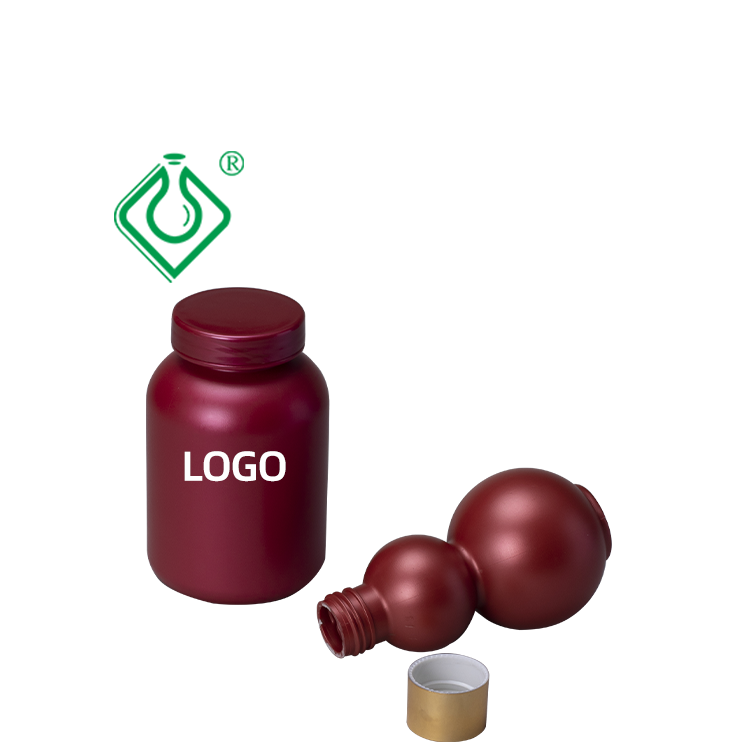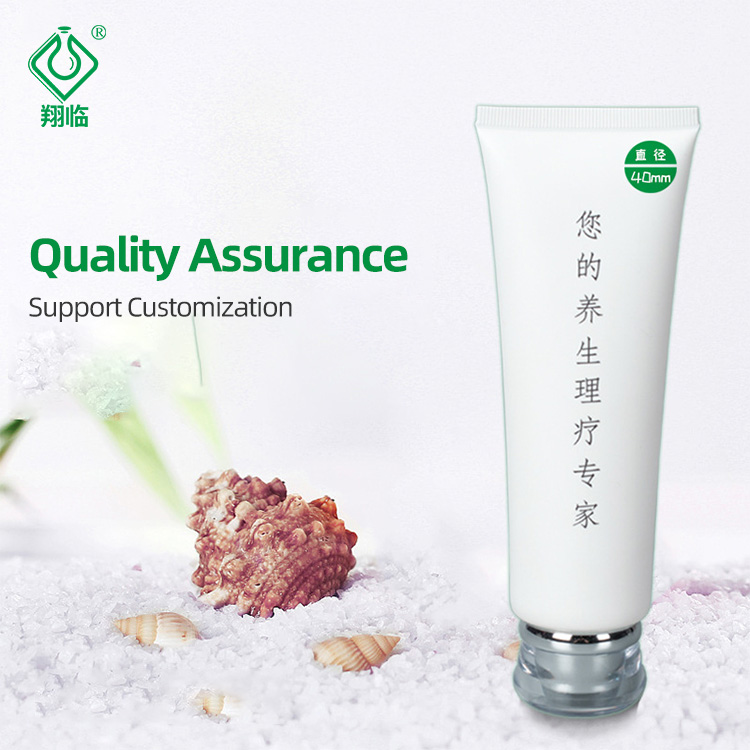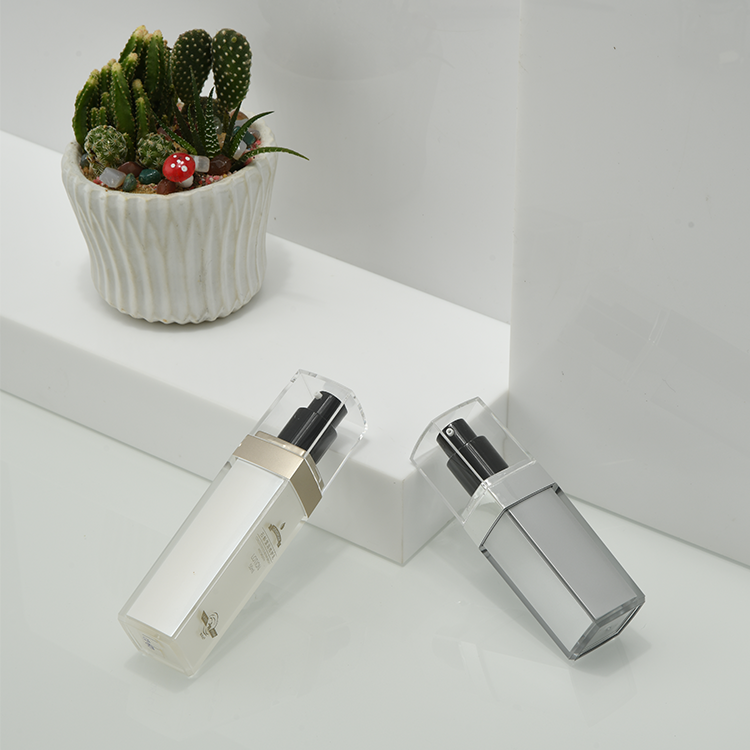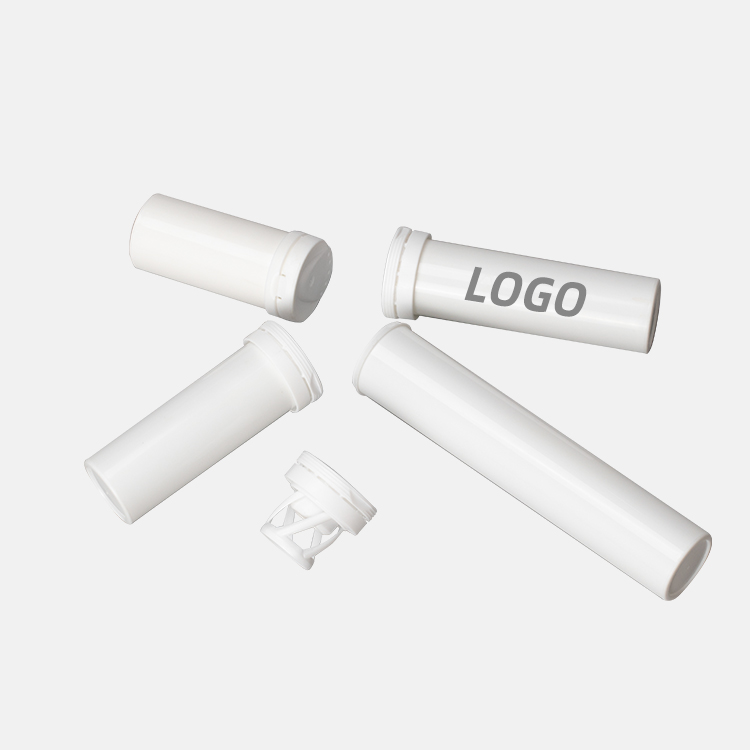At the bottom of most plastic bottles there is a triangular sign with an arrow. There are numbers 1-7 in this sign. In fact, this is the "safety level" of plastic bottles. The triangular symbol is a plastic recycling sign. The numbers inside indicate the production of plastic bottles. main material.
Grade ‘1’ – PET (polyethylene terephthalate)
Common uses: cosmetic packaging, mineral water bottles, carbonated beverage bottle packaging, etc.
The plastic is heat-resistant to 70°C and is only suitable for warm or cold drinks. If it is filled with high-temperature liquid or heated, it will be easily deformed, and harmful substances will be dissolved out. The plastic bottle may also release the carcinogen DEHP after long-term use, and it is not recommended to recycle it.
Grade ’02’ – HDPE (High Density Polyethylene)
Common uses: white medicine bottles, packaging bottles for cleaning bath products, etc.
It can withstand a high temperature of 110°C, but this type of plastic bottle is easy to breed bacteria if it is not cleaned thoroughly, so it is recommended not to recycle it.
Grade ’03’ – PVC (Polyvinyl Chloride)
Common uses: raincoats, building materials, etc.
Plastic bottles of this material are rarely used in food and beverage packaging, and contain more plasticizer than ordinary plastic bottles. When encountering high temperature or oil, the plasticizer inside will migrate into the beverage and enter the human body It may cause diseases such as breast cancer and birth defects in newborns, and there is a high risk of plasticizers.
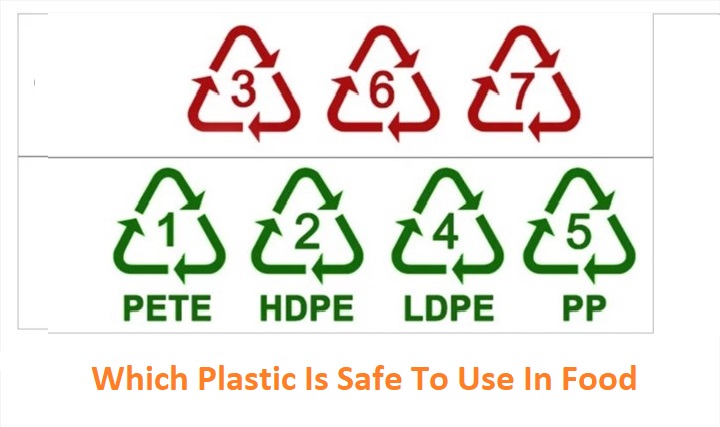
Grade ’04’ – LDPE (Low Density Polyethylene)
Common uses: plastic wrap, etc.
This kind of plastic is not heat-resistant. Generally, qualified PE cling film will melt when the temperature exceeds 110°C, leaving some plastic preparations that cannot be decomposed by the human body. Moreover, wrap food with plastic wrap and heat it, and the fat in the food can easily dissolve the harmful substances in the plastic wrap.
Grade ’05’ – PP (Polypropylene)
Common uses: special lunch boxes for microwave ovens, etc.
The microwave lunch box is made of this material, which is resistant to high temperatures of 130°C and has poor transparency. This is the only plastic box that can be put into the microwave oven and can be reused after careful cleaning. Special attention should be paid to some microwave lunch boxes, the box body is made of No. 05 PP, but the box cover is made of No. 06 PS (polystyrene). and put in the microwave.
Grade ’06’ – PS (Polystyrene)
Common uses: instant noodle boxes in bowls, fast food boxes, etc.
This is the material used to make bowls of instant noodle boxes and foamed fast food boxes. It is heat-resistant and cold-resistant, but it cannot be put into a microwave oven, so as not to release chemicals due to excessive temperature. And it cannot be used to hold strong acids (such as orange juice) and strong alkaline substances, because polystyrene, which is not good for the human body, will be decomposed.
Class ’07’ – PC and others
Common uses: kettles, cups, bottles, etc.
PC is a material that is widely used, especially in the manufacture of baby bottles, space cups, etc. It is controversial because it contains bisphenol A.

“ Start to customize Vitamin/Cosmetic Packaging ”
The above is the safety level of plastic bottles. When choosing, try to choose PET bottles, HDPE/PE bottles, PP bottles and use them in strict accordance with the specified conditions.

